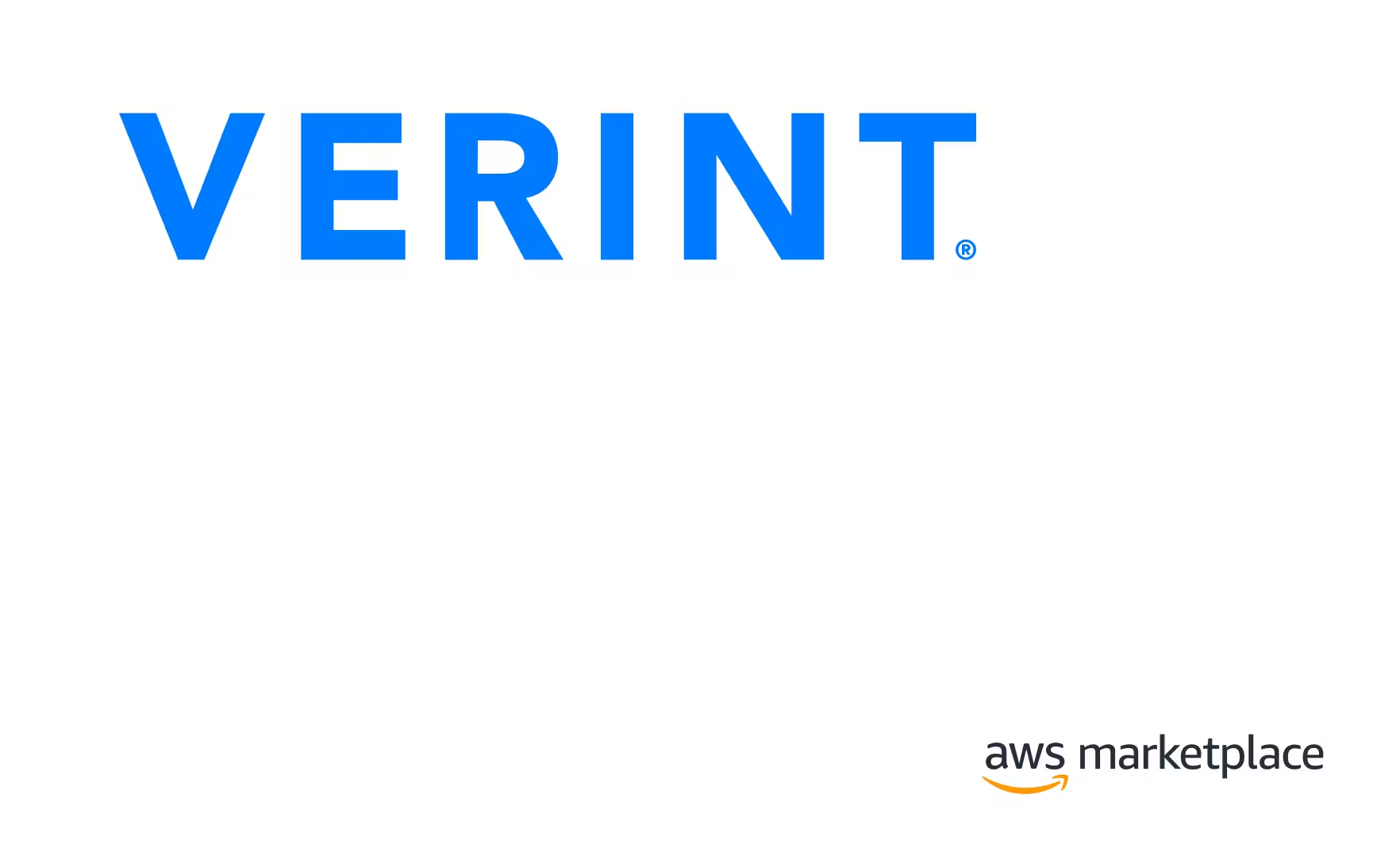
Make Better VoC Decisions: Predictive Prioritization Improves Customer and Business Outcomes


You can’t do everything. We all have to prioritize, all the time. Which problem gets your attention today? What project deserves the full weight of your organization’s resources, and which ones don’t? What’s important this afternoon, this week, this quarter, this year?
Knowing that if you do X you’ll achieve Y is what makes reliable cause-and-effect insight your most powerful decisioning tool. This is true for any undertaking, but especially when you consider that customer experience (CX) investments are increasing: According to Gartner’s June 2019 Survey Analysis: Customer Experience Maturity and Investment Priorities, “Three-quarters of respondents say their organization increased its customer experience (CX) technology investment in 2018. Customer analytics is still one of the biggest such investments, with about half of respondents planning to increase investment in these analytics in 2019.”
It’s rare to know for sure what the right CX decision is. Insight alone isn’t enough. You need the right insights, backed by data and honed by analysis. And a little artificial intelligence (AI) helps, too.
Step 1: Know Customer and Business Impacts
Prioritizing is crucial to your success. But most of decision-making processes businesses use for CX are imperfect or, worse, deeply flawed. Teams and people often choose priorities based on red flags, sudden emergencies, pet projects, or hunches. All of which send people, time, and money in the wrong direction.
For a high-level view of your decision making criteria, consider Forrester’s recommendation1 that a CX prioritization framework needs to consider three elements:
- Customer impact: Will the change improve an experience that is important to customers? Will it improve the effectiveness, ease, and/or emotion of the experience?
- Business impact: Will the change drive additional revenue or reduce costs? Will it advance one or more pillars of the business strategy?
- Feasibility: Are the required resources available? Can the required people, processes, and technology accommodate the required change?
But that’s just the first step. A Voice of Customer (VoC) program will go well beyond these elemental considerations and provide deep insights backed up by analysis and data — and a science-based methodology.
Step 2: Integrate a Wide Range of Customer Data
Most decision making is powered by correlative insight across a single channel or data capture method. The problem with this approach is that it tends to be one-dimensional and only gets you low-hanging fruit. However, a holistic VoC program that pulls in all the customer data you have at your disposal means your predictive capabilities become far more accurate. Specifically, you should focus on:
- Analyzing large cross-channel VoC data sets from digital, contact center, location/field, and beyond
- Harnessing speech and text analytics to uncover the “hidden gems” in unstructured data
- Adding layers of behavioral context by integrating elements such as web session replay and call recordings
- Incorporating operational data to provide an extra layer of broad trend analysis
- Incorporating industry benchmarks to hone market-driven roadmaps and strategies
Predictive capabilities that incorporate a combination of these elements enable you to accurately size issues to visualize results in advance of taking action. Businesses can draw a cause-and-effect line connecting CX improvements to business outcomes, such as sales, revenue, renewals, and so on. And they can leverage these capabilities across the entire customer journey, meaning they isolate changes to specific channels and even touchpoints.
CX Outcomes: The Power of Predictive Prioritization
Prioritization works. A recent study by Aberdeen Research, “How to Properly Listen and Act on Customer Needs,” identified common traits among businesses with top performing CX and found that:
- 83% of organizations with best-in-class CX programs empower employees with the ability to distinguish most profitable customers to inform action (versus 57% of all others).
- 76% of organizations with best-in-class CX programs teams segment the customer feedback they receive so that they can prioritize customer issues and resulting action (versus 60% of all others).
Or consider this real-world example: a global multi-brand pharmaceutical company that increased sales by 5% over one reporting period using predictive prioritization.
The company didn’t have clear visibility into what their website visitors needed or how to plan out a website redesign. Seeking insight that would go beyond simple correlative information, they used causal prioritization tools to link proposed CX improvements to goals. This customer feedback analysis model helped them identify navigation and content as the drivers that would have the biggest positive impact on customer value and, ultimately, business outcomes.
With the objectives made clear, they went about implementing the targeted design and content changes. They added more information on disease management that was accessible from the homepage and given its own navigation menu, incorporated a badge to direct to the homepage that directed patients to a financial incentives page, and made other updates.
As a result of those CX changes, the company saw these benefits:
- 3-point increase in overall satisfaction and 5% increase in sales
- 4-point increase in likelihood to refill prescriptions
- 6-point increase in likelihood to use the site again as a primary resource
Start Making Better Business Decisions Today
Carrying out a project flawlessly but in the wrong direction is a fool’s errand — and a costly one. Afterward, everyone will theorize where the project went wrong — did we not invest enough money, or did we select the wrong skill set? In most cases the mistake was made before any action was even taken. Predictive prioritization changes all of that.
You can learn even more about making more informed VoC decisions by watching the “Future of CX” webinar, featuring Forrester Senior Analyst Faith Adams. Faith discusses the elements of cutting-edge CX programs, how to incorporate digital VoC, speech and text into your analysis, and how high-quality VoC programs generate and prove exceptional ROI.
For more information about how Verint can help you prioritize for better business and customer outcomes, click here.
1 Forrester, Prioritize Your CX Efforts By Three Categories, November 2018
